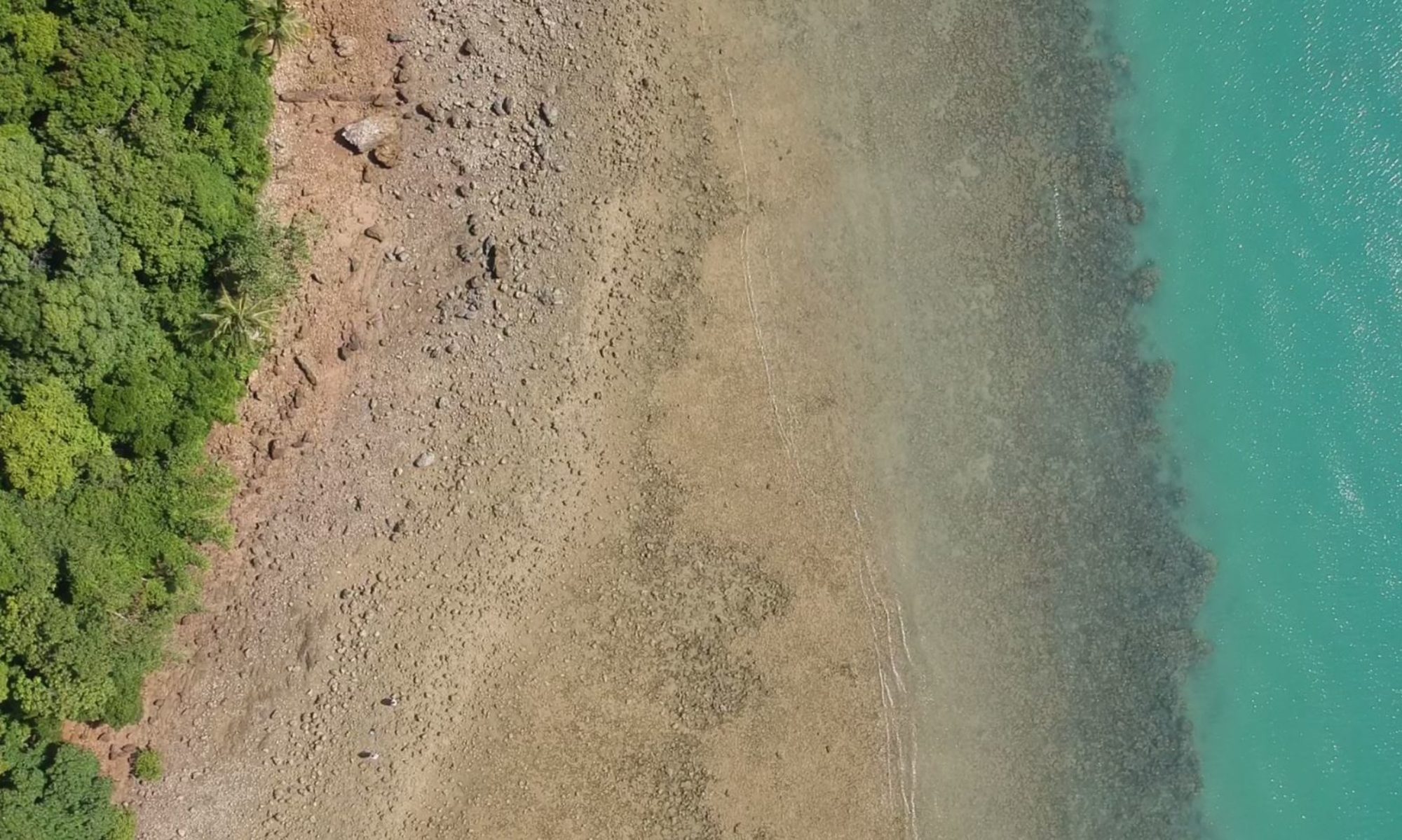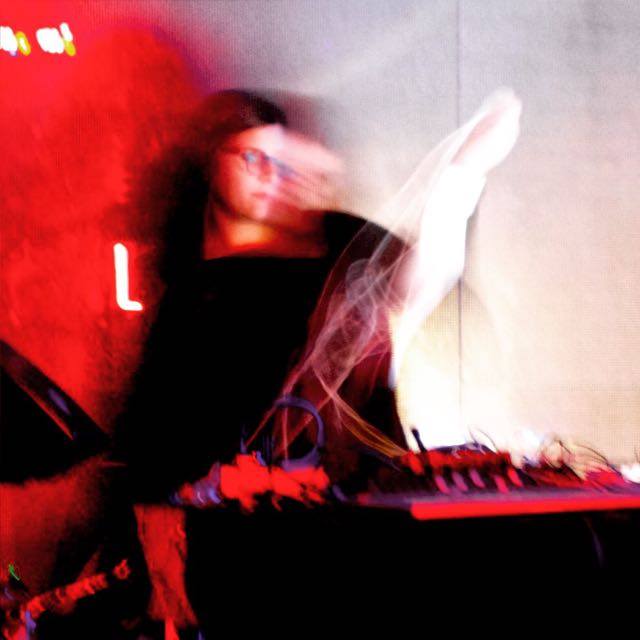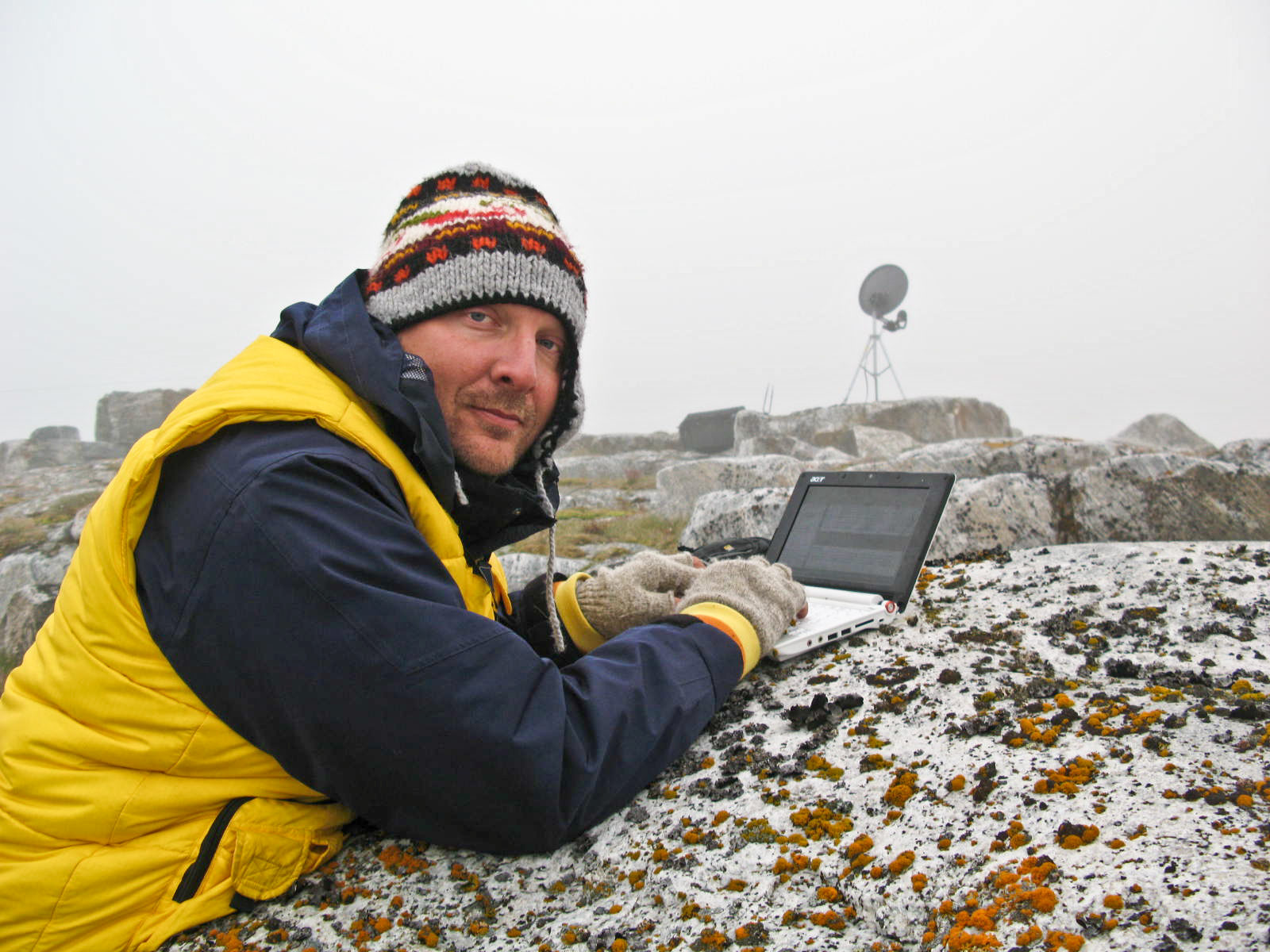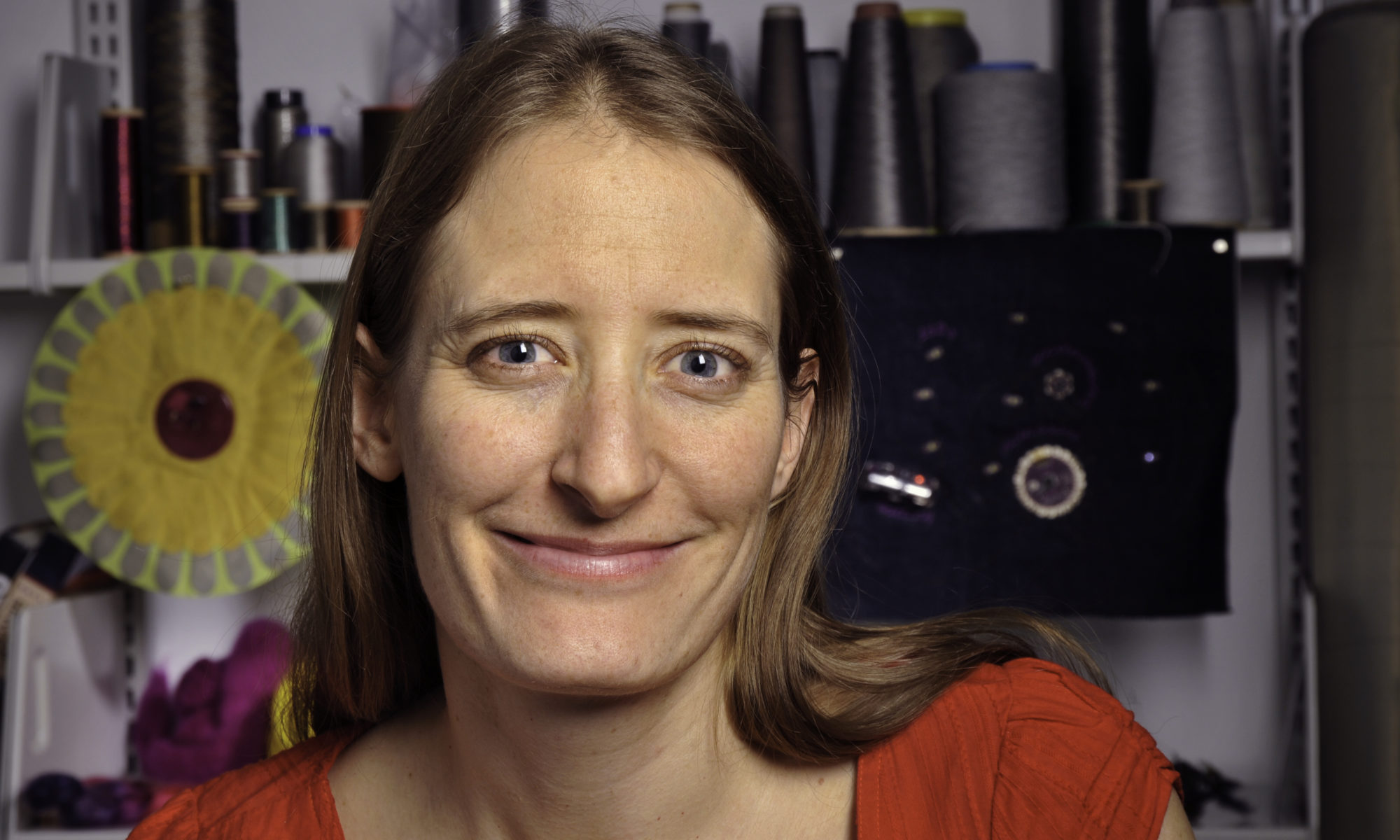Period: 8/18~8/31
Project: several brain stormed ideas:
1: procuring medicine from ayurvedic point of view; possibly making coconut based coconut medicinal oil from Keraliya traditional way.
2: (no knowledge to finish) I would like to create bio-digital devices to assess environmental micro-organism metagenomically and see how they are influencing our physiology by digital bio-marker assessment, eventually 2 data are put together and connect with recorded environmental ambient sound and AI generated ambient music by metagenomic data of the 2
3: if possible I would like to give workshop/talk on Ayurveda interpreted from biohacking
4:mobile Ayurvedic Lab; instruments to identify chemical analysis ayurvedically
Bio: 1st Japanese ♂to get Official Ayurvedic License in India (but my notion of gender is non-binary, lol, so it does not count, simply a 3rd person to acquire the license) Having worked in Clinic in Tokyo for 9 years in clinical and as of Dec 2018, ;eft the clinic and started to live freelance in pursuing my wish to become real CHARAKA, the name of most important Ayurvedic Classics meaning, wondering life scientist with the cyborg/grinder taste attached to it.
Since early 2010s, wishing bringing together Traditional knowledge into the field of citizens science and biohacking scene and have attended Calafou Hack the Earth 2016, Biofabbing at CERN 2017, Citizens Biosummit at MIT 2017, and (I will update the name later) conference in Tokyo 2018 .
My favorite Ayurvedic classical quote so much lingered with saying; a person is expanding into the world and the world is into the person. to me the quote lingers very much with Donna Haraway’s view of synpoiesis, becoming with multi-spieces and over-coming the gap of so called artificial and natural. Further expanding this and currently making little bit of boobs and attaching ECG and LED to the nipple pierce. My grinder cyborg project.
After DINACON, I am travelling to US, South America, EU, and ASIA without much of concrete plan with full open possibility of anything, other than going to visit Shaman in Peru, walk Santiago de Compostela, focusing more in Meditation and seeing Biohacker Paula “Jelly Pin” and Mary Maggic in EU and most importantly make my life on the road. I am hoping to meet beautiful souls here and hoping to jump into the wonderful unknown unexpected future about to unfold.
